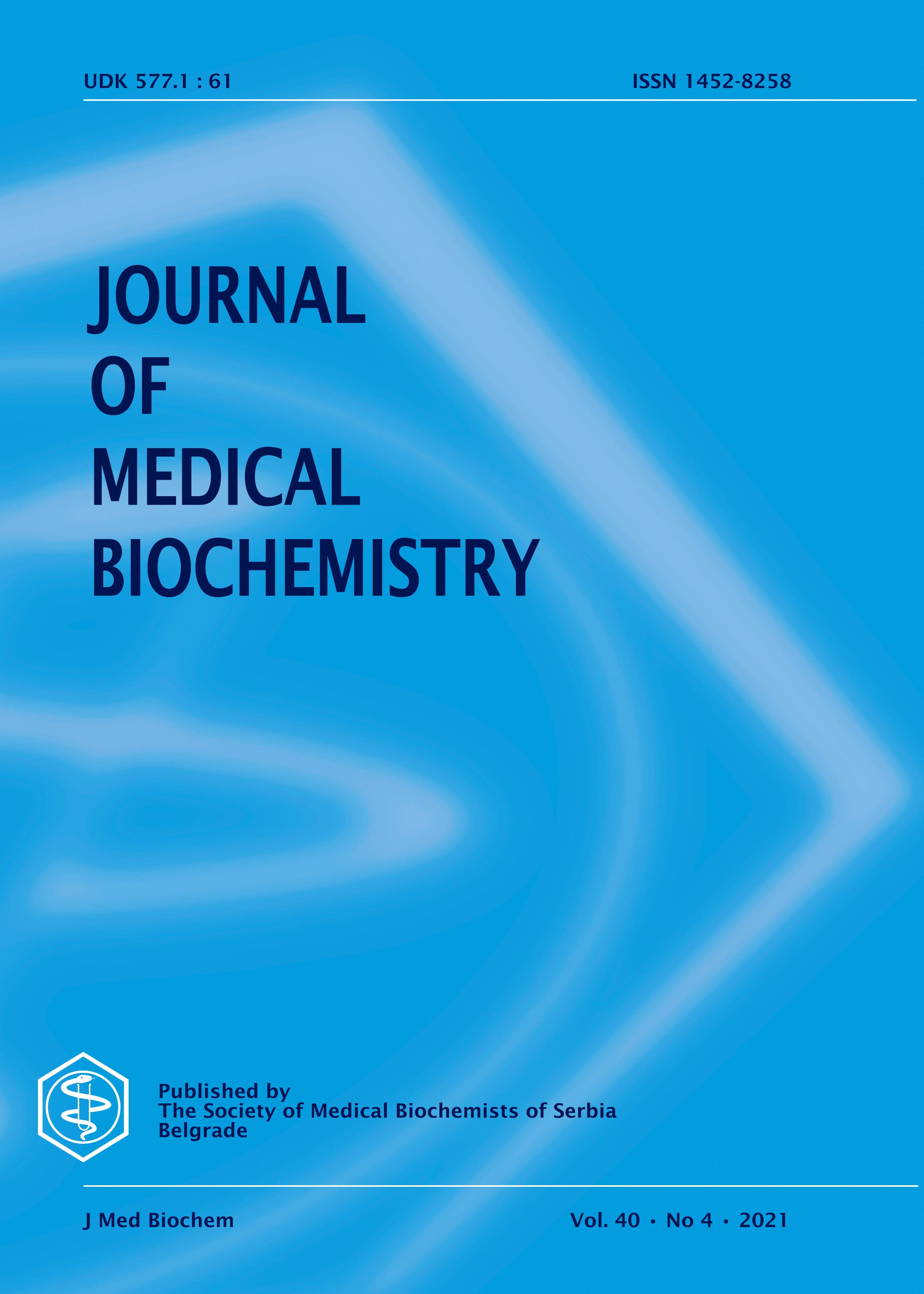HYPONATREMIA: IS IT RELATED TO THE SEASONS?
Hyponatremia and Seasons
Abstract
Objectıve: Hyponatremia is a common electrolyte disorder in inpatients and related with morbidity and mortality. In this study we aimed to examine whether there is a relationship between incidence of hyponatremia among patients hospitalized in our nephrology department and the seasons.
Material and Methods: Inpatients in our Nephrology Department between 2012-2015 were retrospectively analyzed. Patients with serum sodium levels below 135 mEq / L were included in the study. Hyponatremia incidence was calculated as the proportion of inpatients with low sodium levels in a season to total number of inpatients in the same season.
Results: Out of 1950 inpatients in four-years period, 509 were found to have hyponatremia (26.1%). Mean serum sodium level of the patients was 129.7±4.7 mEq/L. Hyponatremia incidences in autumn, winter, spring and summer were found to be 28.7%, 15.4%, 20.4% and 36.6% respectively. Comparing the incidence of hyponatremia in patients hospitalized in winter and summer seasons, there was a significantly higher incidence of hyponatremia in summer (p <0.001). We found a positive correlation between hyponatremia incidence and temperature (r = 0.867, p = 0.001). However, there was a negative correlation between hyponatremia incidence and relative humidity (r =-0.735, p = 0.001).
Conclusion: The highest hyponatremia incidence was observed in summer in four-year period. Loss of sodium by perspiration along with increased temperature and/or excessive hypotonic fluid intake might contribute to development of hyponatremia.
References
2. Zhang X, Li XY, Prevalence of hyponatremia among older inpatients in a general hospital. European Geriatric Medicine 2020; 11: 685–92.
3. Hao J, Li Y, Zhang X, Pang C, Wang Y, Nigwekar SU, et al. The prevalence and mortality of hyponatremia is seriously underestimated in Chinese general medical patients: an observational retrospective study. BMC Nephrol. 2017; 18: 328.
4. Decaux G, Gankam KF, Hypertonic saline, isotonic saline, water restriction, long loops diuretics, urea or vaptans to treat hyponatremia. Expert Review of Endocrinology & Metabolism 2020; 15: 195-214.
5. Buffington MA, Abreo K. Hyponatremia: A Review. J Intensive Care Med. 2016; 31(4): 223-36.
6. Lorenzo A, Liano F. Nefrologia. High temperatures and nephrology: The climate change problem 2017; 37: 492–500.
7. Gross P, Palm C. Thiazides: do they kill? Nephrol Dial Transplant 2005; 20:2299-301.
8. Chakrapani M, Shenoy D, Pillai A. Seasonal variation in the incidence of hyponatremia. J Assoc Physicians India 2002; 50: 559-62.
9. Chow KM, Szeto CC, Kwan BC, Li PK. Influence of climate on the incidence of thiazide-induced hyponatraemia. Int J Clin Pract 2007; 61: 449-52.
10. Spigset O, Hedenmalm K. Hyponatremia in relation to treatment with antidepressants: a survey of reports in the World Health Organization data base for spontaneous reporting of adverse drug reactions. Pharmacotherapy 1997; 17: 348-52.
11. Holmes NA, Miller VS, Schneider J, Hasan O, Bates GP. Plasma sodium levels and dietary sodium intake in manual workers in the Middle East. Ann Occup Hyg 2011; 55: 397-402.
12. Argaud L, Ferry T, Le QH, Marfisi A, Ciorba D, Achache P, et al. Short and long-term outcomes of heatstroke following the 2003 heat wave in Lyon, France. Arch Intern Med 2007; 167: 2177-83.
13. Jiménez ME, Montaño DM, Villalonga J, Bollain TE, López PF, Pineda JA, et al. Classical heatstroke in Spain. Analysis of a series 78 cases. Med Clin(Barc) 1990; 94: 481-86.
14. Duffield R, McCall A, Coutts AJ, Peiffer JJ. Hydration, sweat and thermoregulatory responses to professional football training in the heat. J Sports Sci 2012; 30: 957-65.
15. Godek SF, Bartolozzi AR, Godek JJ. Sweat rate and fluid turnover in American football players compared with runners in a hot and humid environment. Br J Sports Med 2005; 39: 205-11.
16. Hoorn EJ, Zietse R. Diagnosis and treatment of hyponatremia: compilation of the guidelines. J Am Soc Nephrol 2017; 28: 1340–49,
17. Mydlík M, Derzsiová K, Frank K. Differential diagnosis and treatment of hyponatremia. Vnitr Lek 2013; 59: 478-81.
18. Furst H, Hallows KR, Post J, Chen S, Kotzker W, Goldfarb S, et al. The urine/plasma electrolyte ratio: a predictive guide to water restriction. Am J Med Sci 2000; 319: 240-44.
19. Mitch WE, Wilcox CS. Disorders of body fluids, sodium and potassium in chronic renal failure. Am J Med 1982; 72: 536-50.
20. Kovesdy CP. Significance of hypo- and hypernatremia in chronic kidney disease. Nephrol Dial Transplant 2012; 27: 891-98.
21. Zhang R, Wang S, Zhang M, Cuı L. Hyponatremia in patients with chronic kidney disease. Hemodialysis International 2017; 21: 3–10.
22. Sun L, Hou Y, Xiao Q, Du Y. Association of serum sodium and risk of all-cause mortality in patients with chronic kidney disease: A meta-analysis and sysematic review. Sci Rep. 2017; 7: 15949.
23. Bennani SL, Abouqal R, Zeggwagh AA, Madani N, Abidi K, Zekraoui A, et al. Incidence, causes and prognostic factors of hyponatremia in intensive care. Rev Med Interne 2003; 24: 224-29.
Copyright (c) 2021 Atila Altuntaş

This work is licensed under a Creative Commons Attribution 4.0 International License.
The published articles will be distributed under the Creative Commons Attribution 4.0 International License (CC BY). It is allowed to copy and redistribute the material in any medium or format, and remix, transform, and build upon it for any purpose, even commercially, as long as appropriate credit is given to the original author(s), a link to the license is provided and it is indicated if changes were made. Users are required to provide full bibliographic description of the original publication (authors, article title, journal title, volume, issue, pages), as well as its DOI code. In electronic publishing, users are also required to link the content with both the original article published in Journal of Medical Biochemistry and the licence used.
Authors are able to enter into separate, additional contractual arrangements for the non-exclusive distribution of the journal's published version of the work (e.g., post it to an institutional repository or publish it in a book), with an acknowledgement of its initial publication in this journal.

